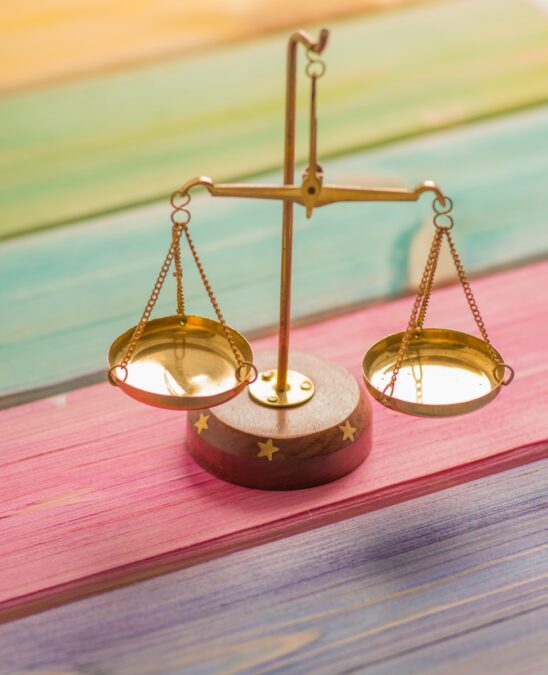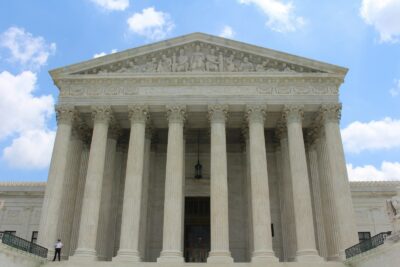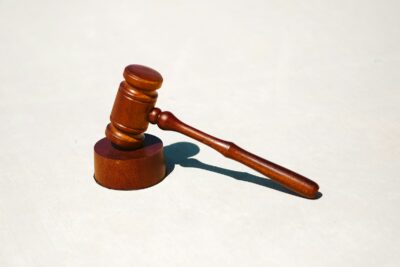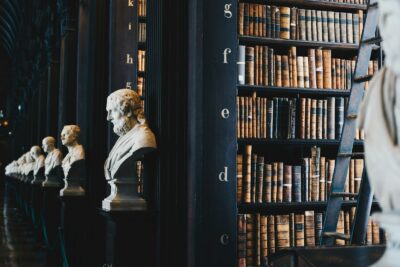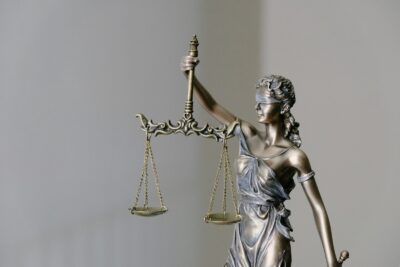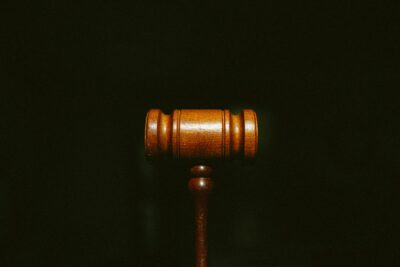Navigating Fair Use in Copyright Law
Factors Influencing Fair Use Determination
In the realm of Fair Use Analysis within copyright law, understanding the intricate balance of factors is essential for navigating legal boundaries while fostering creativity and innovation. Whether in Saudi Arabia or the UAE, the determination of fair use involves a multi-factor analysis that considers various aspects, including the purpose and character of the use, the nature of the copyrighted work, the amount used, and the effect on the market. By carefully examining these factors, individuals and businesses can make informed decisions regarding the use of copyrighted materials while mitigating the risk of infringement.
The purpose and character of the use refer to how the copyrighted material is being utilized and whether it adds new value or merely replicates the original work. Transformative uses, such as commentary, criticism, or parody, are more likely to be considered fair use, especially if they serve the public interest or contribute to the creation of new knowledge or expression. Additionally, the nature of the copyrighted work plays a role in fair use analysis, with factual or informational works being more conducive to fair use than highly creative or fictional works.
Moreover, the amount and substantiality of the portion used in relation to the copyrighted work as a whole are important considerations in fair use analysis. While there are no bright-line rules regarding the permissible amount of use, using only what is necessary for the intended purpose is generally favored. Finally, the effect of the use on the potential market for or value of the copyrighted work is a critical factor in fair use determination. If the use of the copyrighted material negatively impacts the market for the original work or its derivatives, it is less likely to be considered fair use.
Navigating Fair Use in Practice
In practice, navigating fair use requires careful consideration of each factor in the context of the specific use case. For businesses and content creators in Riyadh, Dubai, and beyond, seeking legal guidance from experienced copyright attorneys is advisable to ensure compliance with fair use principles and minimize the risk of litigation. Additionally, adopting best practices, such as obtaining permission or licenses for copyrighted materials whenever possible, can help mitigate legal risks and build positive relationships with rights holders.
Furthermore, embracing emerging technologies, such as AI and blockchain, can streamline the process of fair use analysis and rights clearance. AI-powered algorithms can assist in assessing the transformative nature of proposed uses and identifying potential conflicts with existing copyrights. Similarly, blockchain technology can provide a transparent and immutable record of permissions and licenses, reducing disputes and facilitating transactions in the digital marketplace.
By fostering a culture of respect for intellectual property rights and promoting fair use principles, Saudi Arabia, the UAE, and other jurisdictions can stimulate creativity and innovation while protecting the interests of creators and rights holders. By providing clear guidelines and resources for navigating fair use, governments can empower businesses and individuals to leverage copyrighted materials responsibly and ethically, driving progress and prosperity in the digital age.
Conclusion: Promoting Fair Use and Innovation
In conclusion, fair use analysis is a cornerstone of copyright law that balances the rights of creators with the public interest in fostering creativity and innovation. By considering factors such as the purpose and character of the use, the nature of the copyrighted work, the amount used, and the effect on the market, individuals and businesses can navigate legal boundaries while harnessing the power of copyrighted materials. Through legal guidance, technological advancements, and a commitment to ethical practices, Saudi Arabia, the UAE, and other jurisdictions can promote fair use and unlock the full potential of intellectual property in the modern era.
Moreover, promoting education and awareness about fair use principles is essential for empowering individuals and businesses to make informed decisions about their use of copyrighted materials. By offering resources, workshops, and training programs on fair use analysis, governments and organizations can equip stakeholders with the knowledge and skills needed to navigate copyright law effectively. Additionally, fostering a culture of collaboration and dialogue between creators, rights holders, and users can facilitate the development of fair and equitable solutions to copyright challenges, ensuring that the interests of all parties are respected and protected.
Furthermore, international cooperation and harmonization of copyright laws are critical for addressing the global nature of digital content distribution and consumption. By establishing common standards and frameworks for fair use analysis, countries can reduce legal uncertainties and promote cross-border collaboration in the digital marketplace. Initiatives such as the Marrakesh Treaty and the WIPO Copyright Treaty demonstrate the importance of international cooperation in shaping the future of copyright law and ensuring that it remains relevant and effective in the digital age.
—
#FairUse, #CopyrightLaw, #MultiFactorAnalysis, #SaudiArabia, #UAE, #BusinessSuccess, #Leadership, #ProjectManagement, #DigitalEconomy

